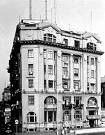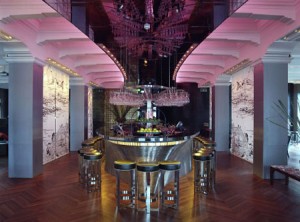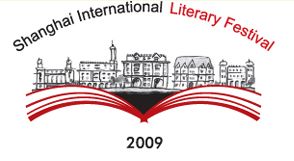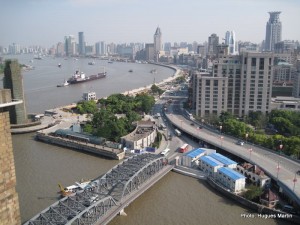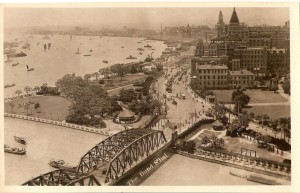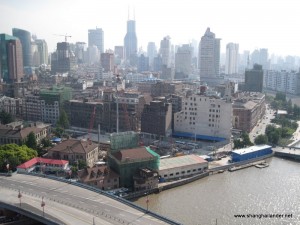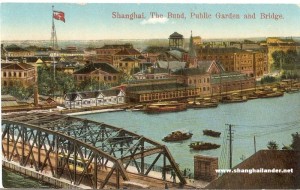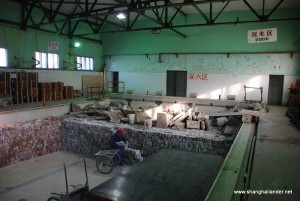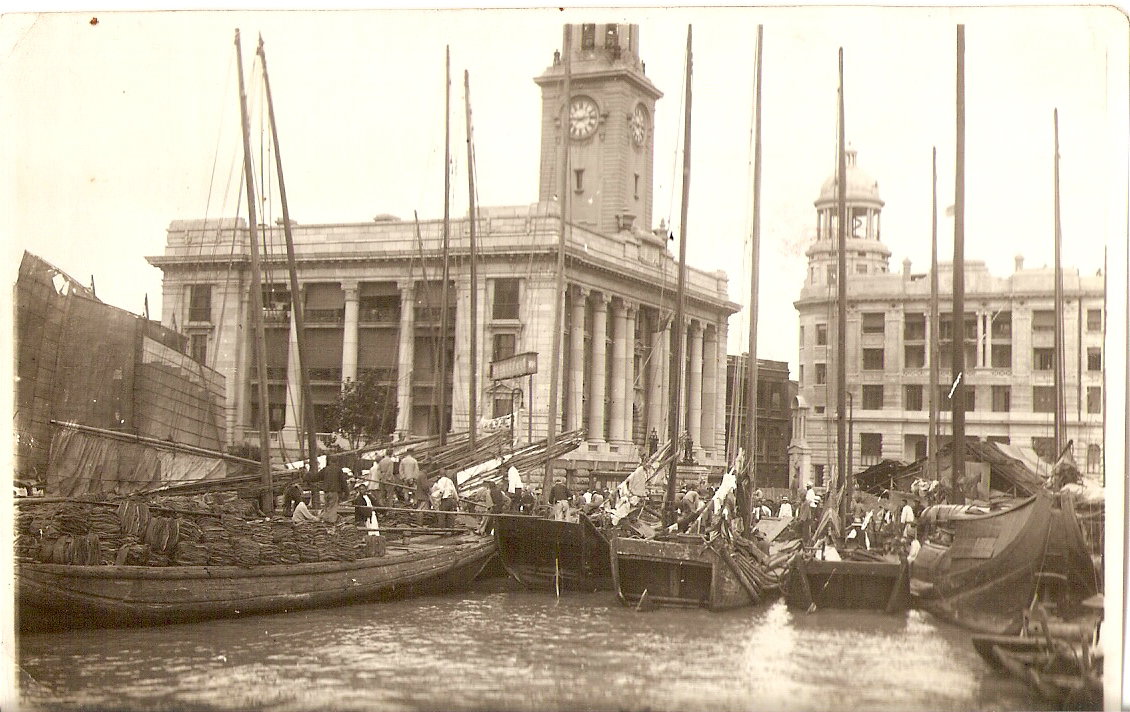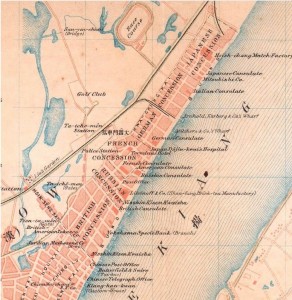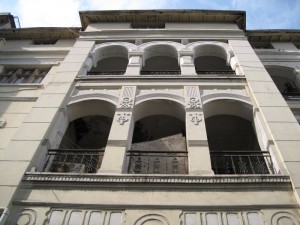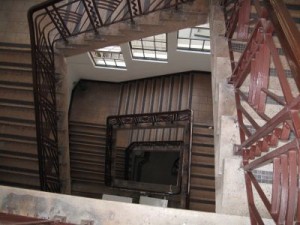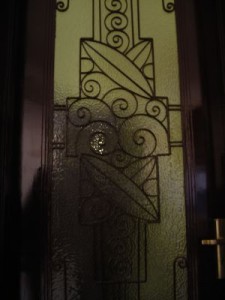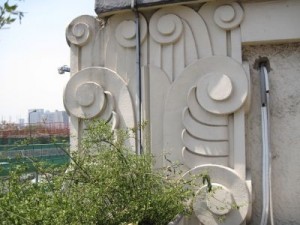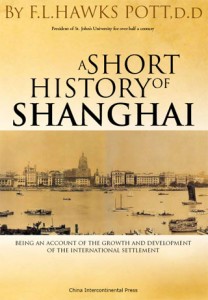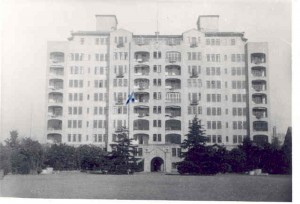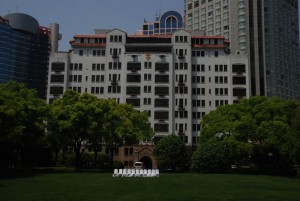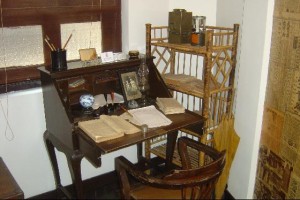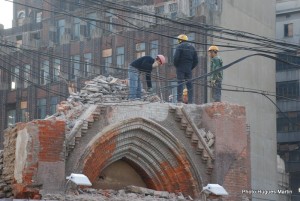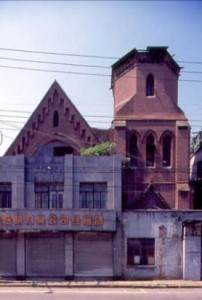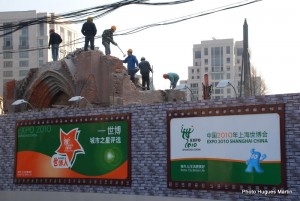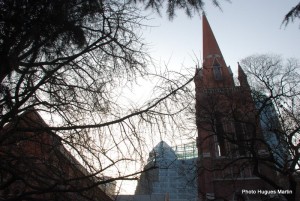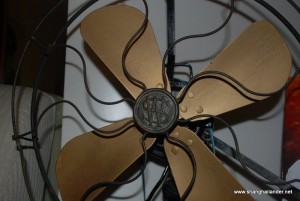
I have written several posts about Shanghai’s winter that makes people miserable for a few months, but I did not write much about Shanghai’s summers. Activity continues despite the heat and tourists come to visit the city (see post Tourists in summer Shanghai written three years go). The streets of old Shanghai are full of the cigala’s noise that creates a wet Mediterranean version of the city, as described in post Singing trees. Foreigner’s Shanghai become much quieter and relaxed, as many people leave the city going for a trip home, mountains or seaside far away. Modern transportation make trips to faraway countries only a few hours away, and many foreigners will take a long trip home during this time.
Trips home in old Shanghai were a different matter. They were a long and hazardous journeys either by boat, by plane or via the Trans-siberian train at the time when crossing through Russia was possible. In any case, these trips only happened every few years and people would often come home for a few months to visit relatives and business partners. To fight Shanghai heat, Shanghailanders would go on cool vacations to nearer places. Common trips included cooling stations like Moganshan where the wealthy had villas where they could stay cool in the summer. Today’s expat families often go home for the two months of summer, with the working spouse accompanying them for a few weeks. In the same fashion, expat families of Old Shanghai went to the sea side in Tsingtao (today Qingdao), Chefoo (today Yentai) or We Hai Wei (toady Wei Hai) all three of them in Shan Dong province, a hundreds of kilometres North of Shanghai and a few degrees cooler. Japan was also a holiday destination as described in “The last glorious summer” from Rena Krasno.
Air conditionning at that time was an absolute luxury that only palace hotels could afford, along with the brand new Country Hospital. In the hot and damp Shanghai, the only way to fight the heat was to wait and move air with a fan. Electric fans were really popular altough they were quite expensive and symbol of high class living. Some can be still found on flee markets nowadays. They consummed a lot of energy and make quite a distinctive noise but they were the only option in the damp and windless Shanghai summer. To be able sleep in the heat, people would move on the street and sleep outside. With the arrival of air conditionning, people don’t do it much anymore but I remember one could see people sleeping outside in the center of Shanghai only a few years ago.
